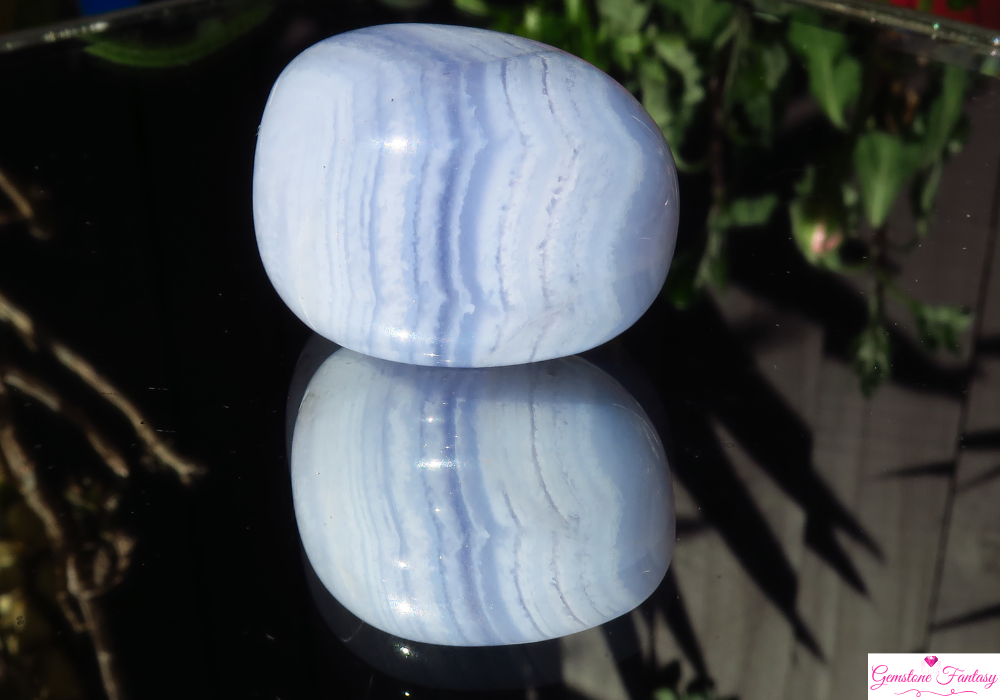Pearls are one of nature’s most exquisite gems, formed within the shells of mollusks such as oysters and mussels. Unlike traditional gemstones, which are mined from the earth, pearls are organic gems created through a natural process. Their unique luster, color variations, and smooth surfaces make them highly sought after in the world of jewelry.
Geological Formation
The formation of pearls is a fascinating natural process that occurs in mollusks.
- Nacre Layer: When an irritant, such as a grain of sand or a parasite, enters a mollusk’s shell, it triggers a defense mechanism. The mollusk secretes layers of nacre (mother-of-pearl) around the irritant, eventually forming a pearl.
- Types of Pearls: There are two main types of pearls: natural and cultured. Natural pearls occur spontaneously in the wild, while cultured pearls are created through human intervention, where a technician implants an irritant into the mollusk to stimulate pearl formation.
- Growth Period: The time it takes for a pearl to form varies based on the type of mollusk and environmental conditions. It can take several months to several years for a pearl to develop fully.
Varieties and Classifications
Pearls are classified based on several characteristics, including their origin, shape, size, and color.
- Types of Pearls:
- Natural Pearls: Rare and formed without human intervention, they are often expensive and highly valued.
- Cultured Pearls: More common, these include Akoya, freshwater, Tahitian, and South Sea pearls.
- Shapes: Pearls can be round, semi-round, button, drop, baroque, or circled, with round pearls being the most sought after due to their symmetry.
- Colors: While many associate pearls with classic white, they can come in various colors, including black, pink, gold, and blue, depending on the type of mollusk and environmental factors.
Cultural Significance and Folklore
Pearls have been treasured throughout history, often symbolizing purity, wisdom, and wealth.
- Historical Use: Pearls have adorned royal crowns, jewelry, and garments for centuries. They were highly coveted in ancient Egypt, Rome, and China, often associated with the elite.
- Symbolism: In many cultures, pearls symbolize purity, integrity, and loyalty. They are often used in wedding jewelry, representing a pure heart and the beauty of love.
- Folklore: Many legends surround pearls, including beliefs that they were formed from the tears of gods or that they could bring good luck and protection to their wearers.
Birthstone and Zodiac Connections
Pearls are recognized as the birthstone for June and hold significance in various astrological contexts.
- Birthstone: As the birthstone for June, pearls are believed to bring emotional balance and promote calmness in those born in this month.
- Zodiac Sign: Pearls are often associated with Cancer (June 21 – July 22), enhancing their qualities of emotional depth and nurturing.
Healing and Metaphysical Properties
Pearls are believed to possess various healing and metaphysical properties.
- Emotional Healing: Pearls are said to promote emotional healing, helping to alleviate anxiety and stress. They are believed to bring peace and tranquility to the wearer.
- Intuition and Wisdom: Pearls are thought to enhance intuition and wisdom, aiding in personal growth and self-discovery. They can encourage honesty and openness in communication.
- Balance and Harmony: Many believe that pearls can balance the body’s energies and promote harmony in relationships, making them a popular choice for spiritual practitioners.
Popular Uses in Jewelry and Design
Pearls are highly valued in the jewelry industry for their beauty and versatility.
- Types of Jewelry: Pearls are commonly used in necklaces, earrings, bracelets, and rings. They can be found in both classic and contemporary designs, appealing to a wide range of tastes.
- Strands and Combinations: Pearl strands are timeless pieces, often worn as single or multiple layers. Pearls are frequently combined with other gemstones, metals, and materials to create stunning, unique designs.
- Fashion Trends: Pearls have seen a resurgence in fashion, appearing in modern designs and statement pieces, often combined with other materials like gold or leather for a contemporary look.
How to Identify Authentic Pearls
Identifying genuine pearls involves examining several characteristics.
- Surface Quality: Authentic pearls have natural imperfections and variations in surface texture, while imitation pearls often have a perfectly smooth surface.
- Luster: Genuine pearls exhibit a deep, reflective luster, while imitation pearls may appear dull or overly shiny.
- Weight and Feel: Real pearls are heavier than imitation ones, and their coolness to the touch can be a distinguishing feature.
Tips for Caring and Storing
Caring for pearls properly is essential to maintain their beauty and longevity.
- Cleaning: Clean pearls gently with a soft cloth after wearing them. Avoid using harsh chemicals or abrasive materials that can damage their surface.
- Storage: Store pearls in a soft pouch or lined jewelry box, away from other jewelry to prevent scratching. They should not be stored in airtight containers, as they need to breathe.
- Wearing Tips: It is advisable to put on pearls after applying makeup and perfumes, as these substances can damage their surface.
Market Trends and Pricing
Pearls have a unique market influenced by trends, quality, and rarity.
- Pricing: The price of pearls varies widely based on type, size, luster, and surface quality. Natural pearls are significantly more expensive than cultured pearls due to their rarity.
- Market Trends: There has been a growing trend towards unique, non-traditional pearl jewelry designs, appealing to a younger audience. This includes colorful and baroque pearls that offer distinctive looks.
Final Thoughts
Pearls are timeless gems that continue to captivate people with their beauty and significance. From their formation within mollusks to their cherished place in history and culture, pearls embody elegance and grace. Whether worn as a statement piece or cherished for their metaphysical properties, pearls remain a beloved choice in jewelry and adornment.
















